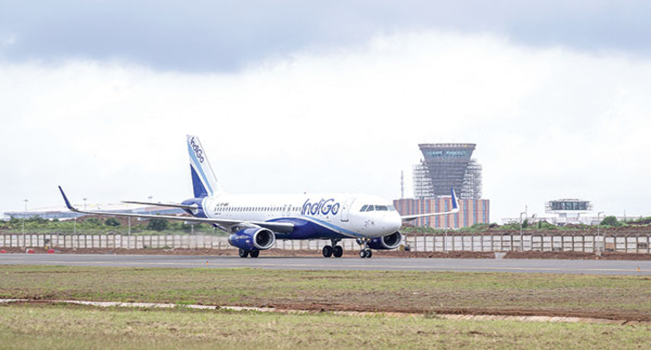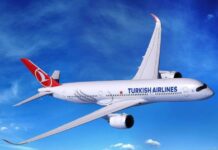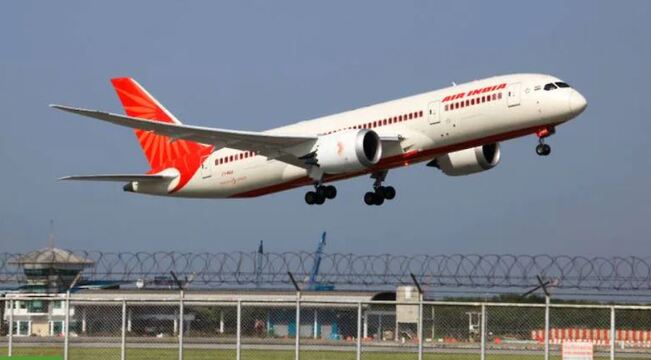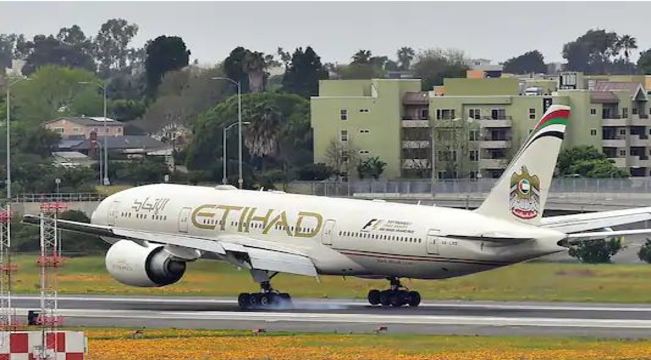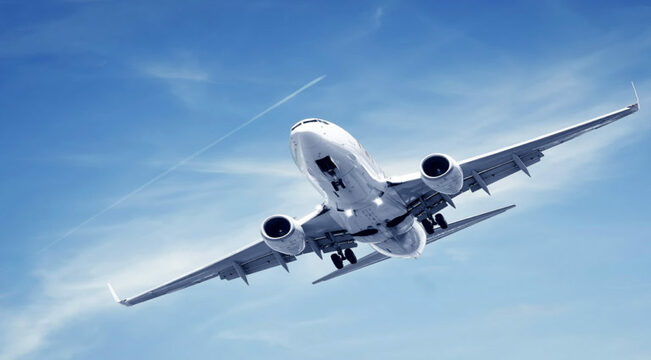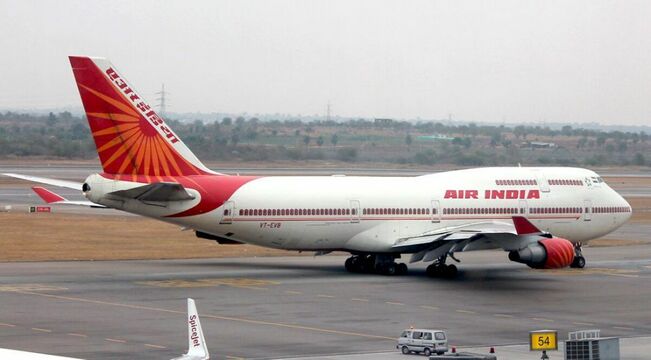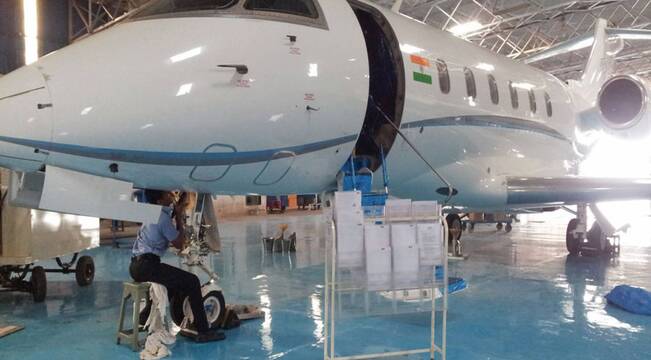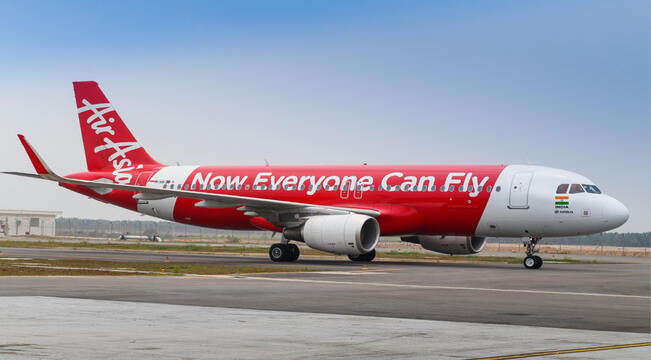New Delhi, October 02, 2021: The wait is finally over. Tata Sons has won the bid for national carrier Air India, Bloomberg has reported.
Moneycontrol has independently confirmed with sources that Tata Sons is indeed the frontrunner for the bid. “The Tatas have placed the highest bid for Air India,” the source said, adding that an official decision on the winning bid will be taken in the next few days.
CNBC TV-18 has reported that the government plans to complete the handover of the airlines to its new owners by December.
It is also learnt that the Tata Group may be willing to acquire around 15 percent of the airline’s total debt.
“The Tata group as part of its bid has also proposed to negotiate and acquire a certain amount, at max 15 percent, of Air India’s debt if the government is willing to meet certain requirements set by them,” an official told told Moneycontrol.
Flying back in time
The Tatas have a long history with the national carrier. It was JRD Tata who founded the airlines with a small capital of Rs 2 lakh given by a reluctant Sir Dorabji Tata, the then Chairman of Tata Sons. JRD piloted the first flight that inaugurated Indian aviation in 1932.
JRD’s fascination with aviation started early as a young boy holidaying in Northern France with the family of Louis Bleriot, who was the first to fly across the English Channel. JRD would watch in awe the manoeuvres of Adolph Pegoud, a pilot hired by Bleriot according to the reports published in moneycontrol.com.
The Tata archives records JRD’s experience flying that first airmail for Air India, then called Tata Airlines, and the early days: “On an exciting October dawn in 1932, a Puss Moth and I soared joyfully from Karachi with our first precious load of mail, on an inaugural flight to Bombay. As we hummed towards our destination at a ‘dazzling’ hundred miles an hour, I breathed a silent prayer for the success of our venture and for the safety of those who worked for it. We were a small team in those days. We shared successes and failures, the joys and headaches, as together we built up the enterprise which later was to blossom into Air-India and Air-India International.”
An annual report of the Directorate of Civil Aviation (DCA) of India from 1933-34 commends the efficiency of the airmail service, particularly for its “100 per cent punctuality” even in rain storms and over difficult terrains. It even suggests that staff from Imperial Airways be deputed to Tatas “to see how it is done”.
In 1946, the aviation division of Tata Sons was listed as Air India and, in 1948, the Air India International was launched with flights to Europe. The international service was among the first public private partnerships in India, with the government holding 49% stake in it, the Tatas having 25% and the public owning the rest.
In 1953, Air India was nationalised. Mircea Raianu’s recent book Tata: The Global Corporation that Built Indian Capitalism records JRD’s shock when the announcement was made.
Raianu writes, “He (JRD) expressed his outrage to (Prime Minister Jawaharlal) Nehru, who was at a loss to understand JRD’s reaction. The prime minister reminded him that ‘as a matter of general policy, we have always thought that transport services of almost all kinds should be State-owned.’”
JRD retained Air India’s chairmanship.










